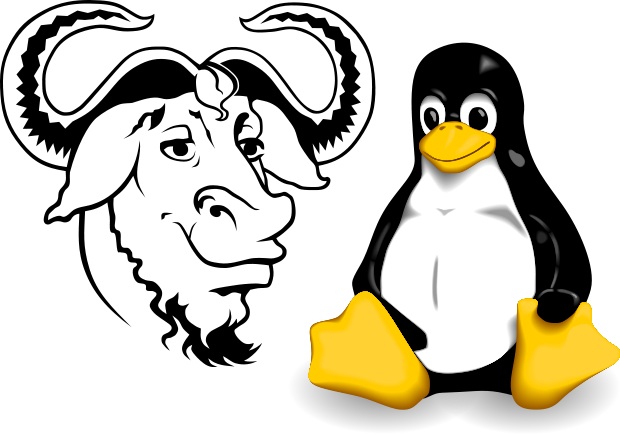hello friends! new(ish)!
GNU/Linux: Difference between revisions
>Bisasam No edit summary |
>Bisasam No edit summary |
||
| Line 1: | Line 1: | ||
This article needs to be improved. | This article needs to be improved. | ||
[[File:gnuandtux.jpg]] | [[File:gnuandtux.jpg|thumb|GNU and Tux]] | ||
__TOC__ | __TOC__ | ||
Revision as of 19:41, 27 January 2014
This article needs to be improved.
Linux at its core is a kernel, the central driving force of an operating system that allocates resources to other aspects of the system. Linux, along with the GNU system (which is closely associated with Free Software Foundation) are now collectively referred to as GNU/Linux, and make up a complete operating system which is widely used today by millions across the world. To read more about the history of the GNU project and Linux, see this article.
Why use GNU/Linux?
The free software philosophy is about an open and shared operating system which not only free as in money, but free as in freedom. The GNU/Linux system gives users more control over their computing experience than competing operating systems such as Windows, which could contain malicious features to them without the user's knowledge.
What's all this about distributions?
There are several distributions of GNU/Linux.
Most distros are at least somewhat similar with each other. The main differences are between the init system, package manager (and the repositories it has access to), desktop environment, and default configurations.
A further list of recommended operating systems are categorized as follows
Recommended distributions
Easy to use and install
Linux Mint Debian (based on Debian)
Highly customizable
Gentoo Linux (to the point of being a joke)
